|
|
Albert Dobson of Carney Street, Boosbeck; Gus Coote and Clarence ‘Clarry’ Ditchburn of Moorsholm leading out the mine horses on August 28th 1959. Because of the height of the ironstone seams, horses as opposed to ponies were employed in the Cleveland District . These details confirmed by Ann Jackson: “Clary or Clarence Ditchburn was my Dads cousin and lived at Moorsholm. His Mother was Elizabeth Ditchurn nee Shaw.” and Janice Walker: “Clarence was my uncle ,he was married to Mary.My dad was Reginald Ditchburn he left Moorsholm to live with his sister Eva May Stanforth in Leeds.”
Image courtesy of Maurice Grayson, with updated information courtesy of Alison Small and Lingdale History (Communigate). Thanks also to Ann Jackson and Janice Walker for the updates.
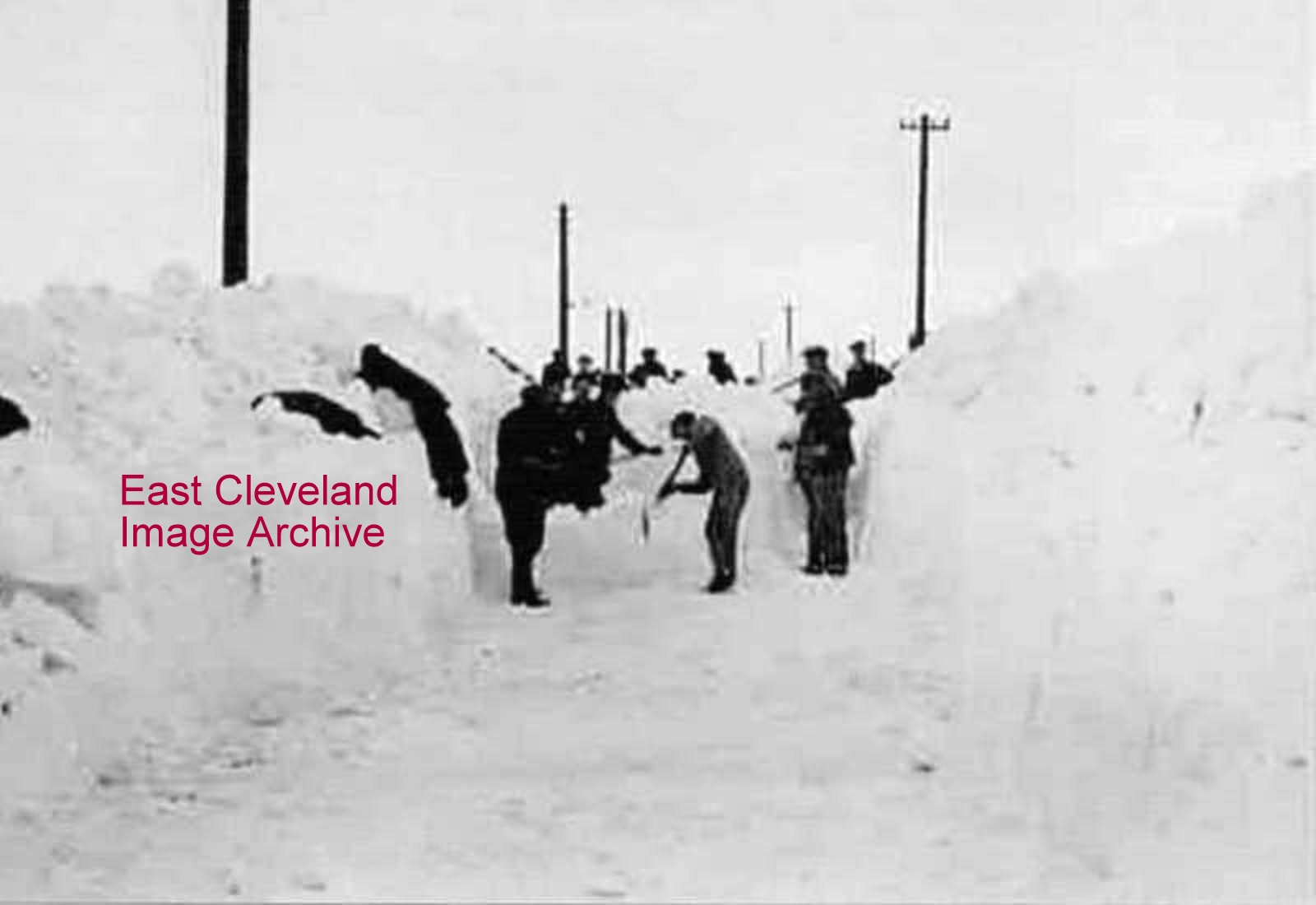
A further image (actually duplicated elsewhere in the Archive) of the winter 1947; our information is: ” Local men cutting out road at Swales Bank , Lingdale.”
Image and information courtesy Maurice Grayson.
Believed to be from the late 1930’s when Loftus Athletic (or Albion) Football Club won the North Riding Cup. Decorations could have been put up by David Shaw (father) with sons John and younger brother David. Shaws lived at no. 48 High Street, but would be allowed to decorate no. 49 the home of their landlord Mr Espiner. Mary believes that the younger David possibly played football but this might also have been local pride that promoted this display. Mary also tell us: ”We had similar decoration to both houses to celebrate in 1953 for the Coronation”. Now adays you would probably need permission!
Image and information kindly supplied by Mary Bielby.
Our image shows North Skelton railway signal box, beside the still existing double railway bridges being guarded by the East Yorkshire Regiment during the 1911 miner’s strike. They must have been expecting problems, perhaps they were more ”boisterous” in North Skelton.
Image and information courtesy of Jeff Templeman.
Stanghow Road, looking towards Lockwood Beck. in the winter of 1947, one of the worst of the 20th century. The tops of the hedges can be made out as a black line, marking the buried road.
Image courtesy Maurice Grayson.
Outside the Congregational Manse Lingdale, newly built in 1907; the Reverend enjoys his new abode.
Image courtesy of Maurice Grayson.
The occasion was the erection of the manse for the Congregational Minister, Reverend R. McKeith; in 1907 at Lingdale. The young lady is Eva Harrison, the gentleman is believed to be Joseph Bray, founder member of the Congregational Chapel in Lingdale.
Image courtesy of Maurice Grayson.
The Reading Room, Lingdale Institute; newspapers and other publications were provided for the workers many who could not afford a daily paper. The Reading Room kept them up to date with local and national news; with other books for enlightenment or knowledge. The image dates from about 1920.
Image courtesy of Maurice Grayson.
Photograph taken about 1900, We believe this is Jonathon Hartley the miller of Loftus Mill, (no mistaking him on the image), hence the name “Hartley’s field” for the adjacent pasture land. His widow still owned the Mill in 1905.
Image kindly loaned by Michael Garbutt.
An early image of the mine; Deepdale valley has not been filled in with shale at the date of this photograph. The semi circular mine fan housing of possibly the Cooke ventilating fan, can be seen. The building and fan were replaced by a 30 foot diameter Waddel fan.
David Richardson tells us: ”Taken sometime in the 1890′s, both the 1872 and 1874 Cook’s Fan houses are visible with the Compressor House and Boiler Plant Chimney behind them. A little away from those to the right is the Hauler House for the South Drift. On the hillside to the left of the photo is a large chimney which was the original furnace shaft for ventilating the North drift but was likely only used for a few years before the 1872 Cook’s fan took over.”
Image courtesy of Michael Garbutt and many thanks to David Richardson for the update.
|
|
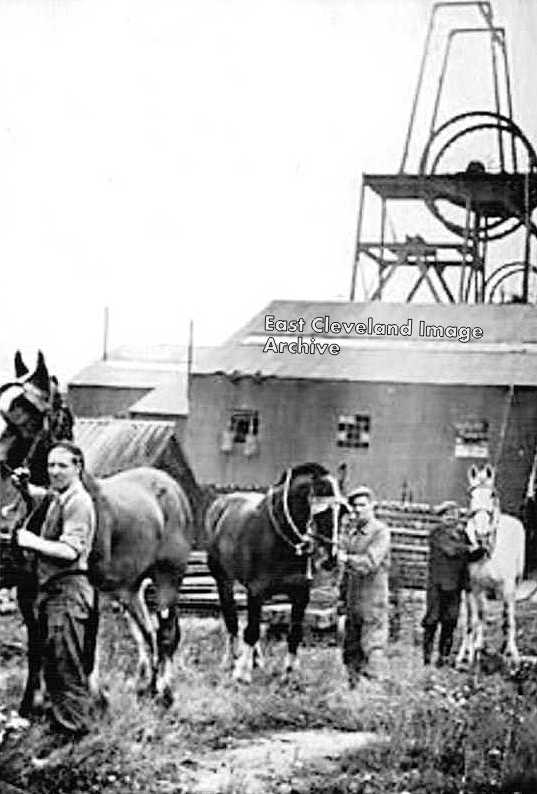

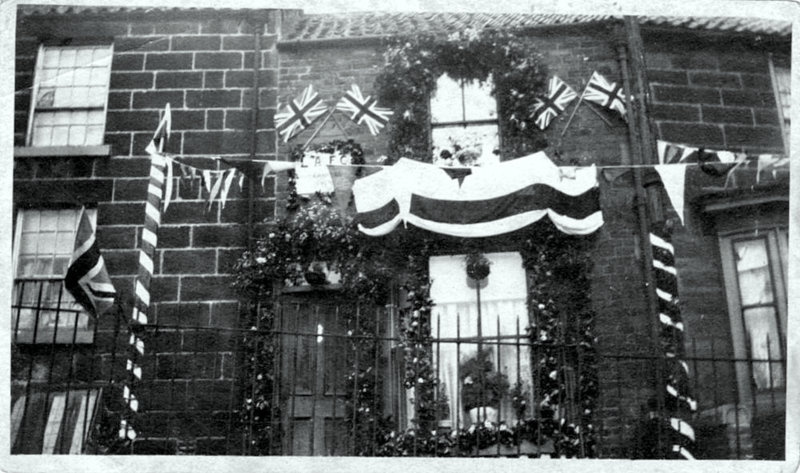
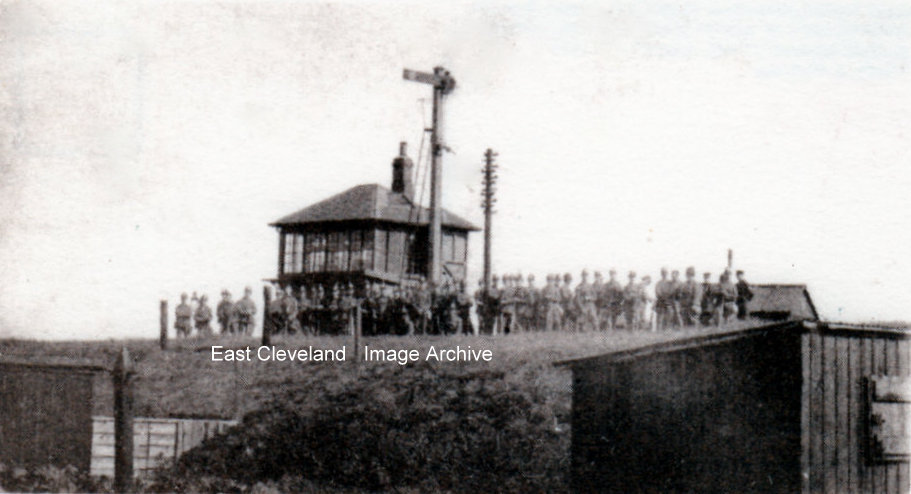
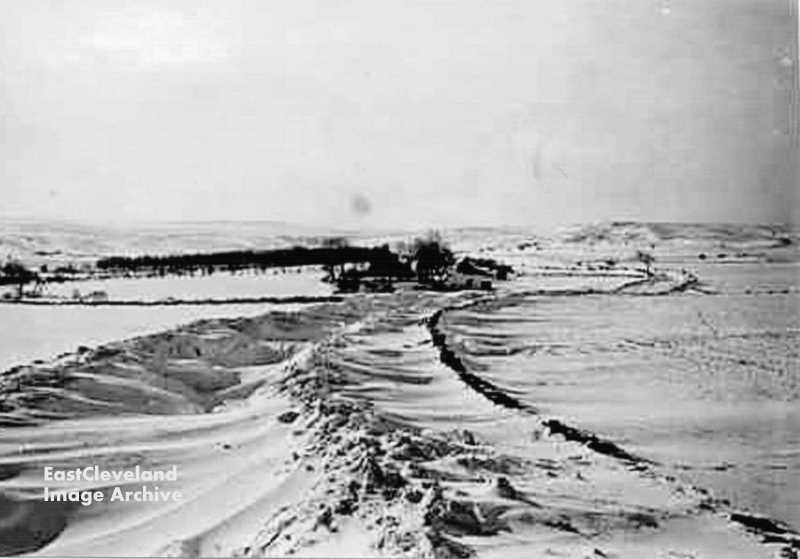
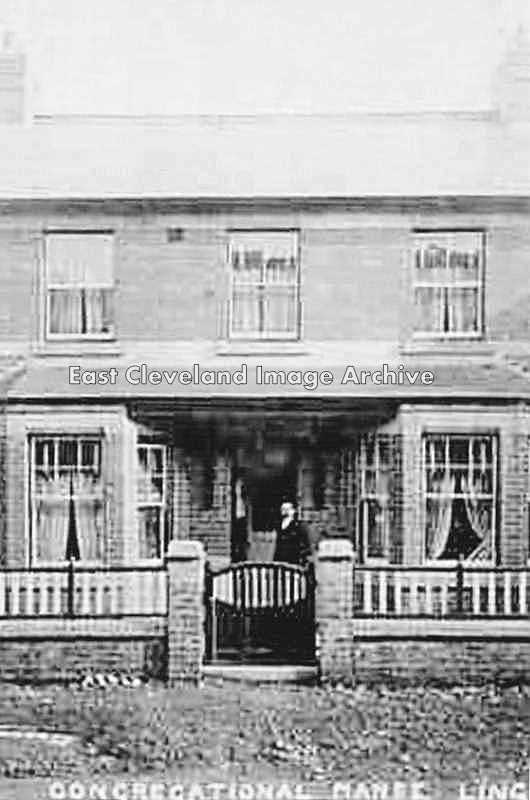
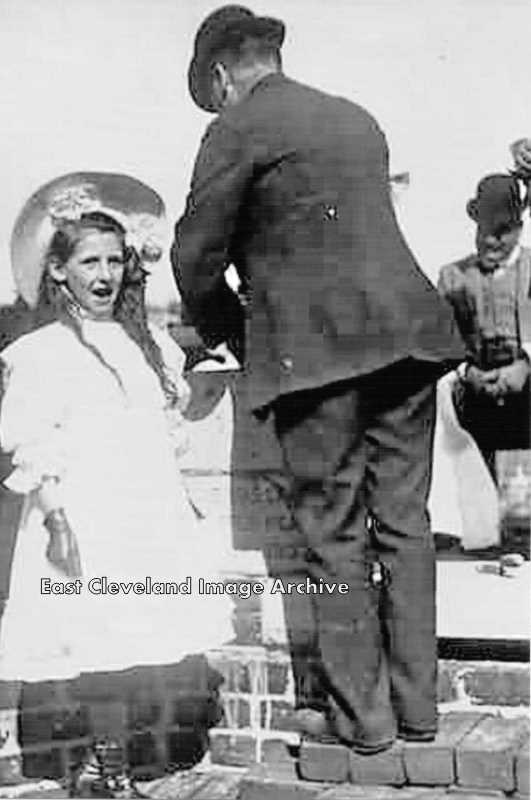
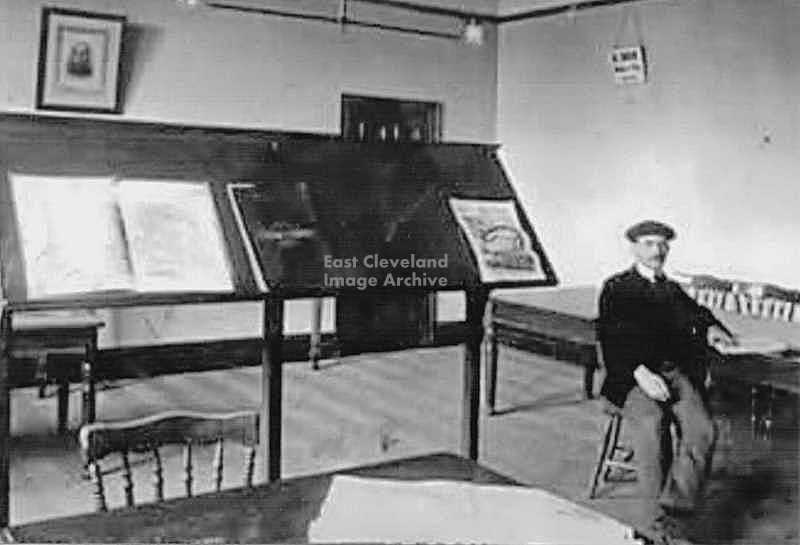
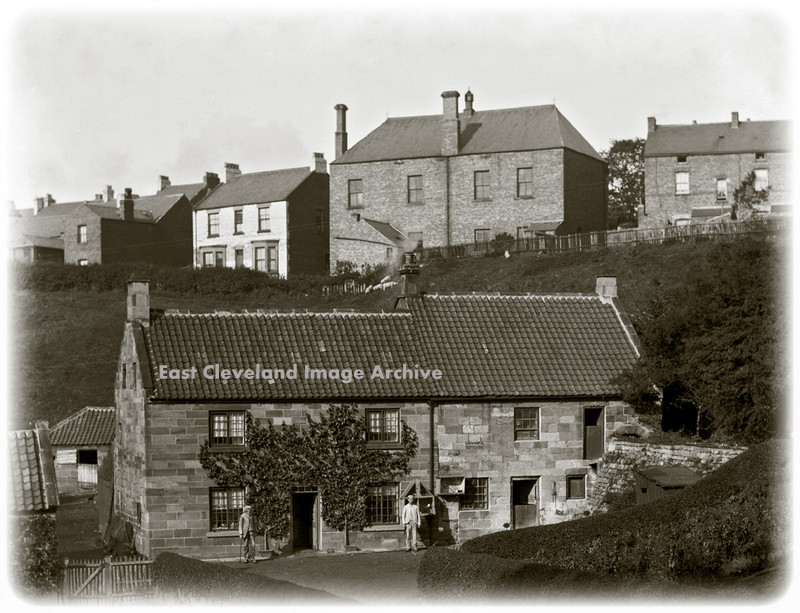
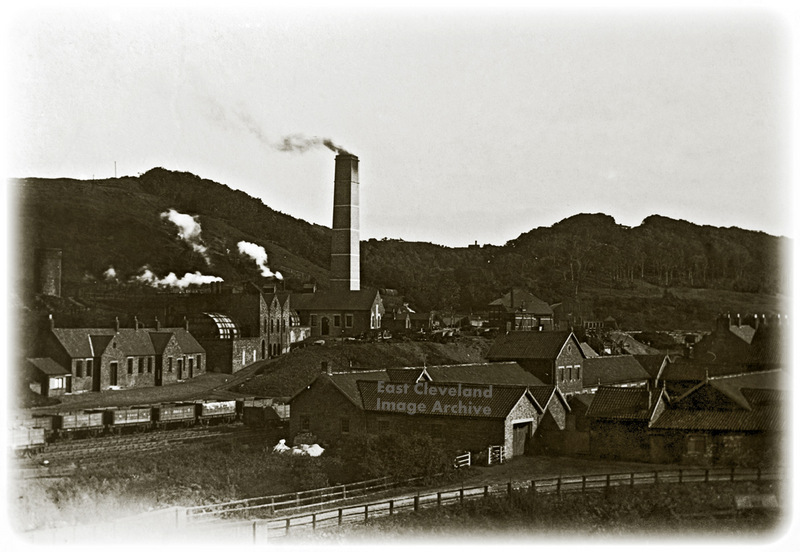
Recent Comments